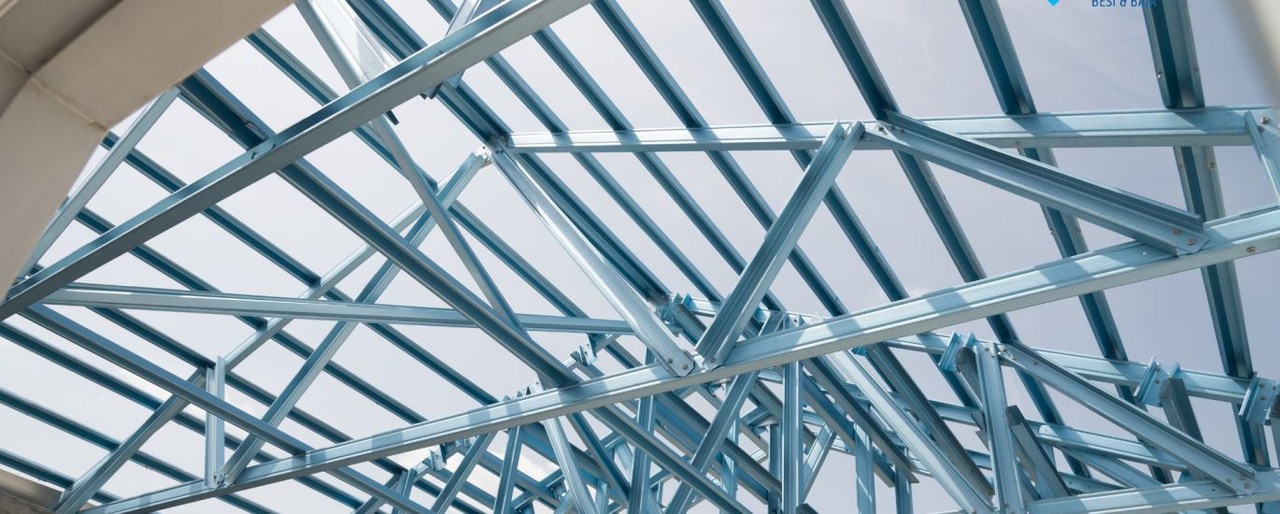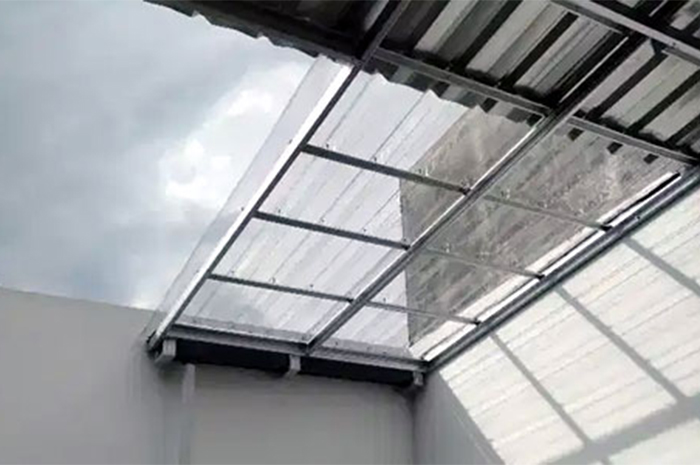Beranda > Artikel
Troubleshoot Leakage on Roof Tiles

Leaks on the roof of the house are one of the problems that often occur and the problem will become more troublesome when it occurs when the occupants of the house are sound asleep and the next day water has filled parts of the house or wetted favorite furniture. This can happen because at the beginning of building a house, people don't pay too much attention to the roof and the covering material because what is important for them is that the roof doesn't leak, but for how long? If in the next 5 to 10 years you have to always make roof repairs, it will certainly be very inconvenient, in terms of time, effort and cost.
Some things that must be observed to get around the problem of leaks or seepage are:
1. The angle of the roof slope
An inaccurate roof slope angle will be prone to leaks due to overflow from rainwater, especially when accompanied by strong winds. In addition, the position of the tile is also prone to sag and cause leaks. The ideal roof slope angle is between 30 to 40 degrees.
2. The condition of the frame and battens
The condition of the frame and battens that are warped, inconsistent and misaligned as well as the spacing of the battens that are not right will make the tile difficult to install and cause cavities that invite water in and cause leaks.
3. Choose good quality roof covering products
Usually leaks can arise because tile products appear cracked or porous and rusty. Inconsistent, inaccurate tile geometric shapes will make it difficult to install, so they are not neat and not tightly packed, resulting in water seeping in when it rains.
A good tile must meet the following criteria:
Functional Aspect: Not leaking and strong and provides a sense of security and comfort. Aesthetics: The shape of the tile is precise (not deformed/stretched) so that it looks neat when installed it must also be resistant to all weather, not fade and not fade. In terms of Durability (Life time): Durable and long lasting for decades both functionally and aesthetically.
4. Pay attention to the connection areas of the roof areas such as the nok/karpus and jurai
areas.
- Area ridge (nok) is the top of the roof. Due to the varying quality of the installation, sometimes the top position is made too high as a result of which the cement mortar filler also becomes tall or thick. This causes the risk of cracks in the carpus cement mortar resulting in leaky roofs due to water seepage on the carpus roof when it rains. Patching it with leak-proof coating or cement is only temporary and will become a routine that is repeated over and over again.
- The jurai area is the confluence of two areas of the roof at the corner of the inner building (inner canyon) or at the outer corner of the building (outer canyon), generally people cover it using corrugated iron and carpet. However, within a certain period of time zinc can rust and the carpet can become weathered, causing leaks.
From an aesthetic point of view, the roof looks less beautiful because the color is not uniform with the body tile color. In addition, because the jurai area is where the two areas of the roof meet, there are small pieces that are not connected to the battens so that the tile can sag and can result in leaks.
*Check regularly
Checking regularly every few months can avoid a bigger leak problem. Check every material made of wood, because there is a possibility of weathering or termite eroding. Clean the gutters from dirt or leftover leaves which can cause clogs and result in leaks. In principle buying a tile is a One Time Decision for a very long time. The wrong decision will result in a much greater cost to fix it.
 Bahasa Indonesia
Bahasa Indonesia  Inggris
Inggris
 Bahasa Indonesia
Bahasa Indonesia  Inggris
Inggris
 Leaks on the roof of the house are one of the problems that often occur and the problem will become more troublesome when it occurs when the occupants of the house are sound asleep and the next day water has filled parts of the house or wetted favorite furniture. This can happen because at the beginning of building a house, people don't pay too much attention to the roof and the covering material because what is important for them is that the roof doesn't leak, but for how long? If in the next 5 to 10 years you have to always make roof repairs, it will certainly be very inconvenient, in terms of time, effort and cost.
Leaks on the roof of the house are one of the problems that often occur and the problem will become more troublesome when it occurs when the occupants of the house are sound asleep and the next day water has filled parts of the house or wetted favorite furniture. This can happen because at the beginning of building a house, people don't pay too much attention to the roof and the covering material because what is important for them is that the roof doesn't leak, but for how long? If in the next 5 to 10 years you have to always make roof repairs, it will certainly be very inconvenient, in terms of time, effort and cost.





